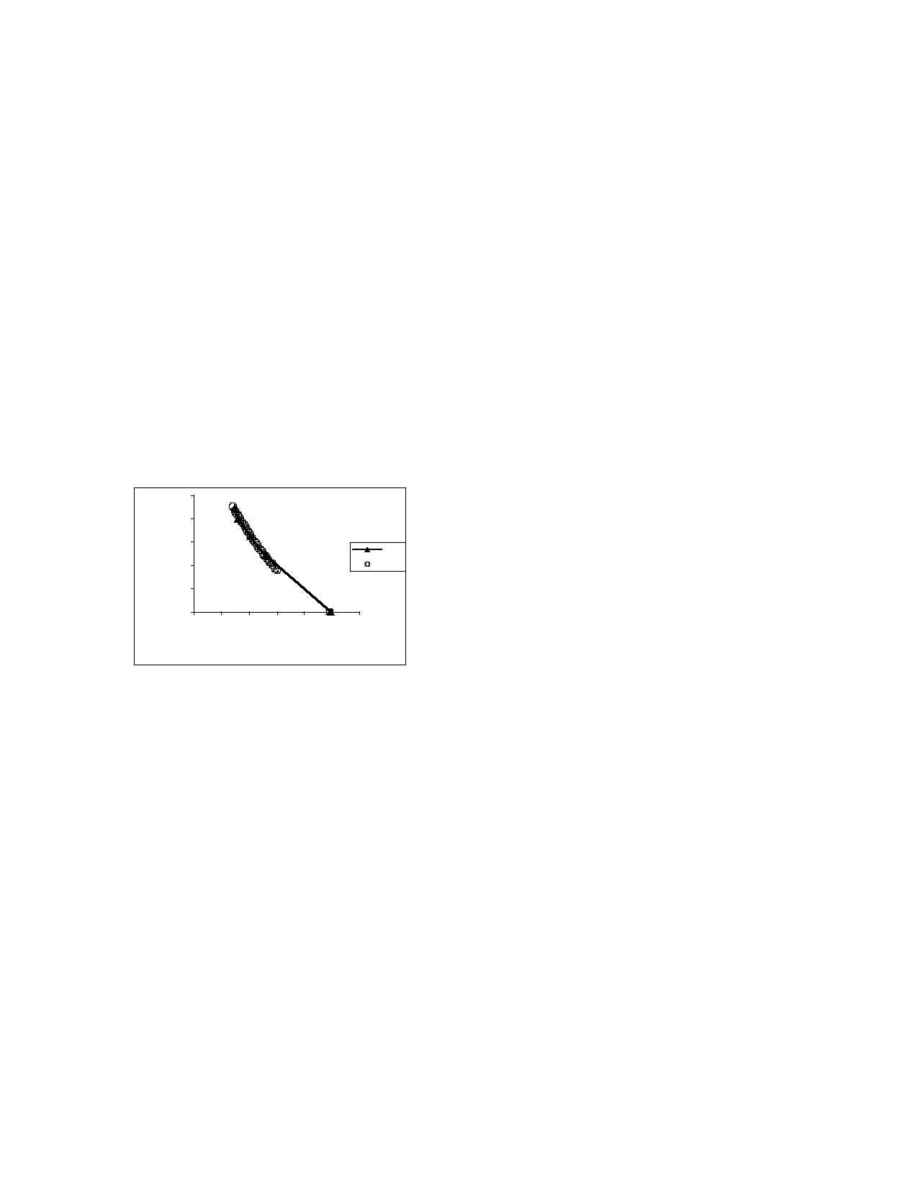
that is subsequently regulated by hypoventilation and bradycardia until the hematocrit decreases
to normal values. The opposite change happens during acute exposure to hypoxia. Conclusion:
Different authors have given CMS dissimilar conceptions that up to date have not permitted a
complete definition of this disease. That is why, from our point of view, central hypoventilation is
not the sole cause of CMS except in very few cases.
311.
HOW CHRONIC MOUNTAIN SICKNESS (CMS) CONTRIBUTED TO THE THEORY OF
LIFE AT THE HYPOXIC LEVELS OF THE SUMMIT OF MOUNT EVEREST. Gustavo
Zubieta-Castillo (Sr)
1
, Gustavo Zubieta-Calleja (Jr)
1
, Luis Zubieta-Calleja
1
, Nancy Zubieta
1
. High
Altitude Pathology Institute (IPPA)
1
.
Patients with high hematocrit classified as CMS have a broad range of arterial oxygen
tensions, even down to low forties and thirties, being the mean 60 mmHg in healthy residents at
3510 m. What is remarkable is that they are able to live with such low oxygen tensions.
Furthermore, breath holding tests where saturation changes are measured, show that CMS
patients are able to sustain breath holding almost twice as long as normal. And it turns out that
their levels of resting PaO2 are comparable to those calculated on the summit of Mount Everest
(35 mmHg) as shown in Fig1. Fig. 1 Arterial oxygen tension (PaO2) in 480 CMS patients with
hemoglobin greater than 18 gm% living in the city of La Paz at 3510 m, compared to calculated
altitudes of the curve derived from the operation Everest II data . (OEII, Charles Houston).
If one considers that these patients are suffering
from some type of chronic cardiac and/or pulmonary
disease, then from sound reasoning it is inferred that
if they are able to tolerate such low levels of hypoxia,
then normal subjects, will also be able to do so,
provided they are gradually exposed and in the
environmental case of the mountain, avoid cold
temperatures. This is how CMS patients, long term
residents of high altitude, having a PaO2 of around 35
mmHg contributed to the idea of extreme tolerance to
hypoxia at the altitude of the summit of Mt. Everest,
making life possible for humans and animals at any
altitude on the surface of planet earth.
0
2000
4000
6000
8000
10000
0
20
40
60
80
100
120
PaO2 in mmHg
OEII
CMS
Everest
8848 m
IPPA (La Paz)
3510 m
Sea Level
Altitude = - 269 PaO2 + 1.11 PaO2
2
+15731
